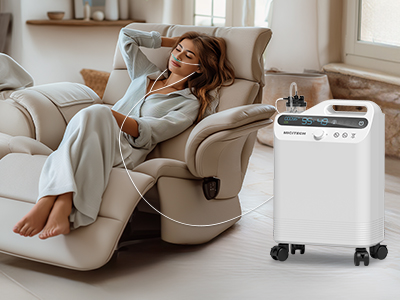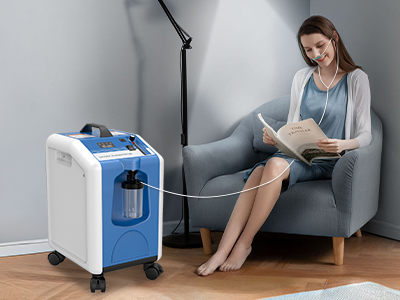18 Oct 2024
Oxygen therapy has become a pivotal element in managing various respiratory and cardiovascular conditions. However, despite its importance, a plethora of myths and misconceptions surround this vital treatment. Understanding the truths behind these myths is essential for patients, caregivers, and even healthcare providers.

Myth 1: Oxygen Therapy is Only for Severe Cases
One of the most pervasive myths is that oxygen therapy is reserved solely for patients with severe respiratory issues. In reality, oxygen therapy can be beneficial for a wide spectrum of individuals. Conditions like chronic obstructive pulmonary disease (COPD), asthma, pneumonia, and even heart disease can necessitate the use of supplemental oxygen, regardless of the severity of the symptoms.
Early intervention with oxygen therapy can significantly enhance the quality of life and prevent the progression of respiratory illnesses. By recognizing the need for oxygen support sooner rather than later, patients can maintain better oxygen saturation levels and overall health.
Myth 2: Using Oxygen is Dangerous
Many individuals harbor the misconception that using oxygen therapy is inherently dangerous. This belief often stems from the fear of fire hazards associated with oxygen use. While it's true that oxygen supports combustion, adherence to established safety protocols minimizes any associated risks.
Patients are educated on safe usage practices, such as maintaining a safe distance from open flames and avoiding smoking while using oxygen. In fact, the greater danger lies in under-treatment. Inadequate oxygenation can lead to severe complications, including respiratory failure and organ damage. Thus, utilizing oxygen therapy correctly is essential for safety and health.

Myth 3: Oxygen Therapy is Only for the Elderly
The notion that oxygen therapy is exclusively for elderly patients is a myth that can undermine the treatment needs of younger populations. In truth, oxygen therapy is beneficial for individuals of all ages, including children and young adults. Conditions such as congenital heart defects, severe asthma, and cystic fibrosis can necessitate oxygen therapy in pediatric patients.
Age should not be a barrier to receiving the necessary medical support. The objective is to enhance the oxygen levels in the body, irrespective of the patient’s age, thus enabling them to lead a more active and fulfilling life.
Myth 4: You Can’t Travel with Oxygen Therapy
Another common myth suggests that individuals reliant on oxygen therapy are confined to their homes. This is a significant misconception, as modern advancements have led to the development of portable oxygen concentrators and lightweight oxygen tanks that facilitate travel.
Traveling with oxygen equipment is entirely feasible, whether it’s for vacations or family visits. Patients should plan ahead, ensuring they have sufficient supplies, a portable device, and the necessary paperwork for air travel. With proper preparation, oxygen therapy users can enjoy the freedom of mobility without sacrificing their health needs.
Myth 5: Oxygen Therapy Cures Respiratory Conditions
A critical misunderstanding about oxygen therapy is that it serves as a cure for respiratory ailments. In reality, oxygen therapy is a supportive treatment designed to maintain optimal oxygen saturation levels in the blood. While it plays a crucial role in managing symptoms and improving quality of life, it does not address the underlying causes of respiratory conditions.
Oxygen therapy should be viewed as part of a comprehensive treatment plan that includes medication, lifestyle modifications, and regular medical check-ups. Patients should engage in open discussions with their healthcare providers to establish a holistic approach to managing their respiratory health.
Conclusion
Dispelling myths surrounding oxygen therapy is essential for ensuring that patients receive appropriate treatment and care. By understanding the realities of oxygen therapy, individuals can make informed decisions about their health and well-being. Open communication with healthcare providers can further clarify any concerns, ultimately leading to better management of respiratory conditions and improved patient outcomes.
Keywords: oxygen therapy
Originally published 18 Oct 2024, updated 18 Oct 2024.